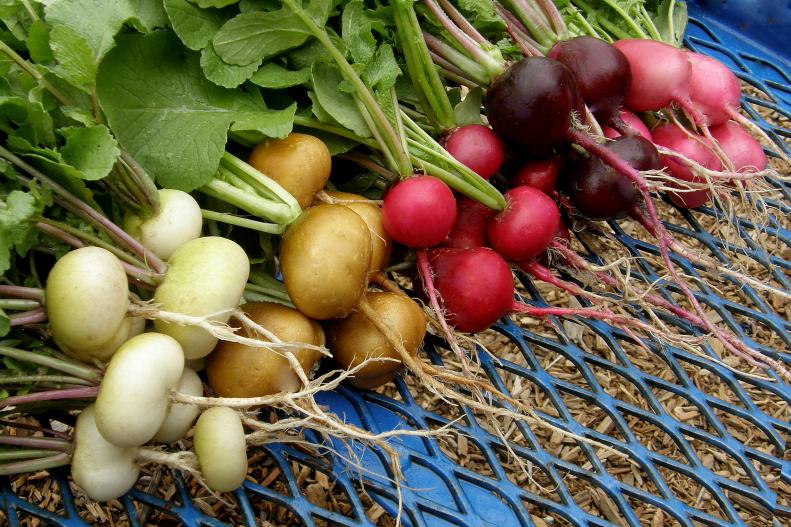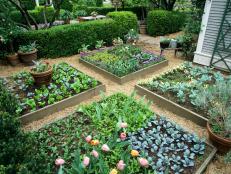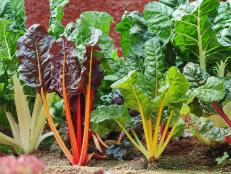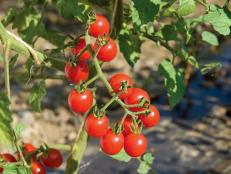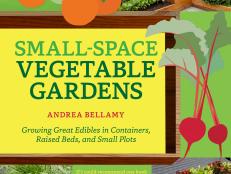1 / 91
Photo: ReneesGarden.com
When to Start Sowing for Fall
Laura asked: When should I start seeds for fall plants?
Now is the time to start seeds for fall crops that need a longer time to produce, like broccoli, cauliflower, cabbage, and Brussels sprouts. You can start those indoors and then transition them outdoors when temperatures start to drop to the 60s and 70s.
You can wait a few weeks to start crops that don’t take as long to mature, and sow those directly outside. These include roots like beets, turnips, radishes, and carrots, as well as greens like kale, collards, lettuce, and arugula.






